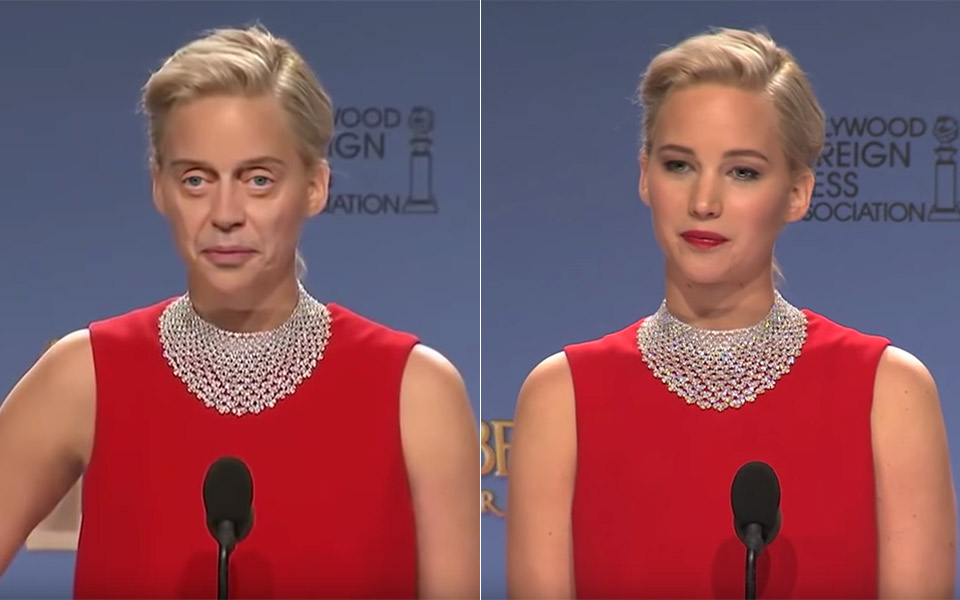
For those who haven’t been following Deepfake, it’s basically an artificial intelligence-based human image synthesis technique used to combine and superimpose existing images and videos onto source images or videos using a machine learning technique called a “generative adversarial network” (GAN). The most recent example to go viral on social media is this clip from the 2016 Golden Globe Awards, and as you can see, Steve Buscemi’s head has been superimposed onto Jennifer Lawrence’s body. Read more to watch the original clip with Jennifer Lawrence and another video on Deepfakes.
There’s actually a desktop application called FakeApp that enables users to easily create and share videos with faces swapped. It makes use of an artificial neural network and the power of the graphics processor, along with 3-4 GB of storage space to generate the fake video. For detailed clips that could almost pass for real, the program needs a lot of visual material from the person to be inserted in order to learn which image aspects have to be exchanged, using the deep learning algorithm based on the video sequences and images.
FakeApp uses Google’s AI-Framework TensorFlow, which among other things was already used for the DeepDream software. Celebrities are the main targets, but last August, researchers at the University of California, Berkeley published a paper introducing a fake dancing app that can create the impression of masterful dancing ability using artificial intelligence.

